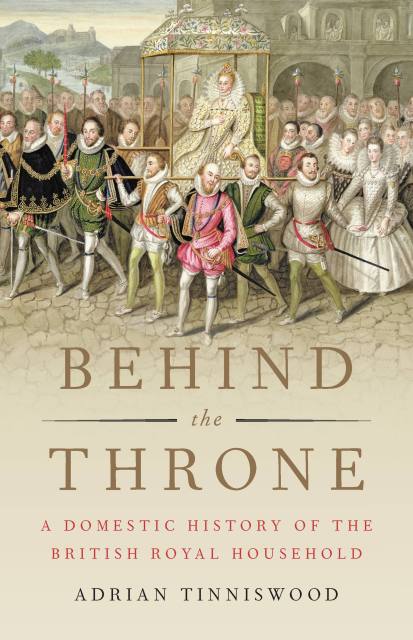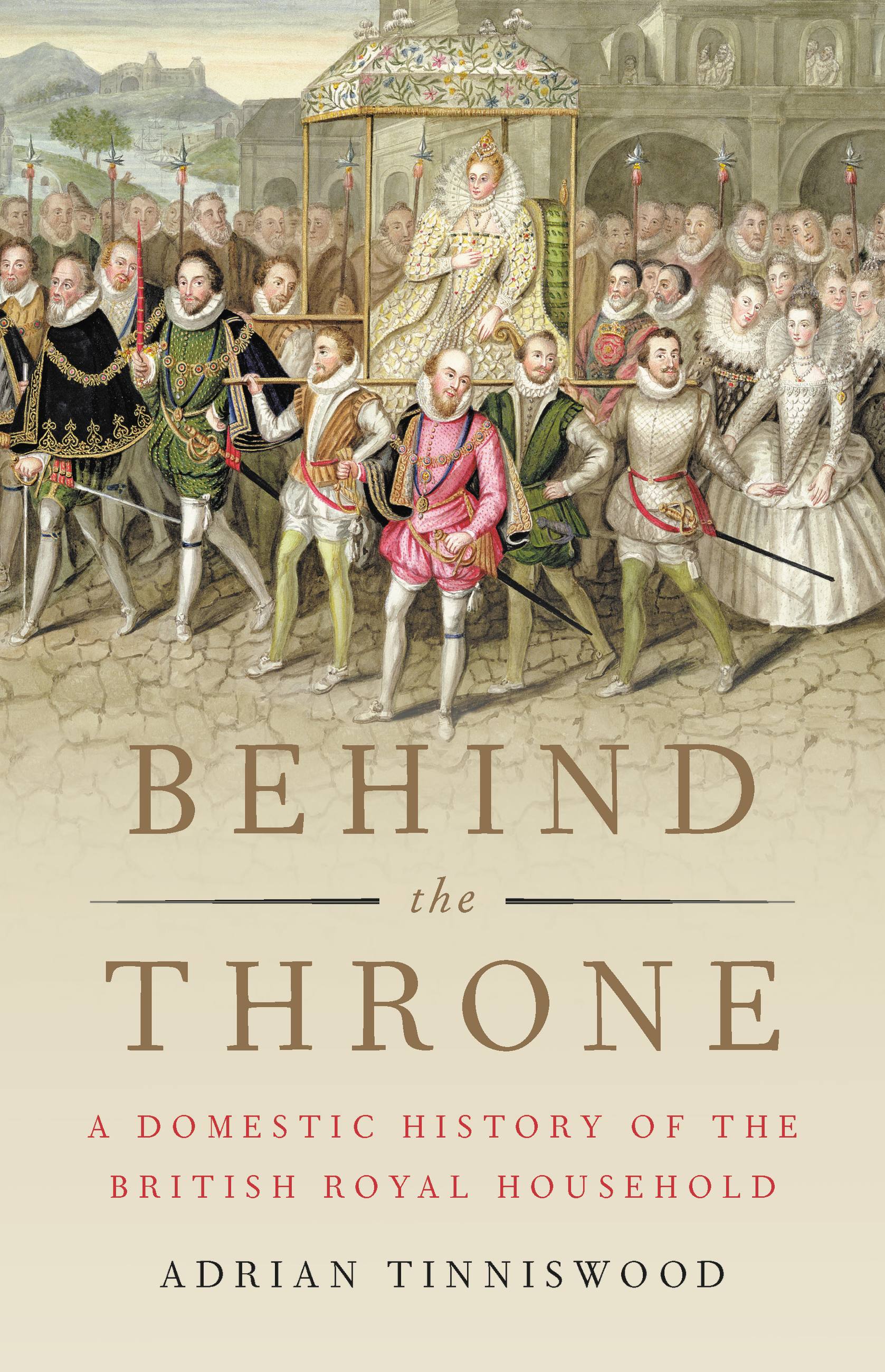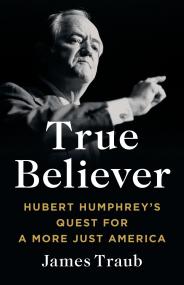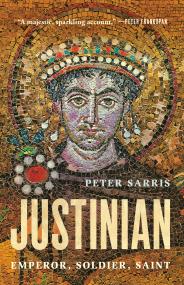Promotion
Use code MOM24 for 20% off site wide + free shipping over $45
Behind the Throne
A Domestic History of the British Royal Household
Contributors
Formats and Prices
Price
$19.99Price
$25.99 CADFormat
Format:
- ebook $19.99 $25.99 CAD
- Hardcover $32.00 $42.00 CAD
- Audiobook Download (Unabridged)
This item is a preorder. Your payment method will be charged immediately, and the product is expected to ship on or around October 2, 2018. This date is subject to change due to shipping delays beyond our control.
Also available from:
Genre:
- On Sale
- Oct 2, 2018
- Page Count
- 416 pages
- Publisher
- Basic Books
- ISBN-13
- 9780465094035
Newsletter Signup
By clicking ‘Sign Up,’ I acknowledge that I have read and agree to Hachette Book Group’s Privacy Policy and Terms of Use







